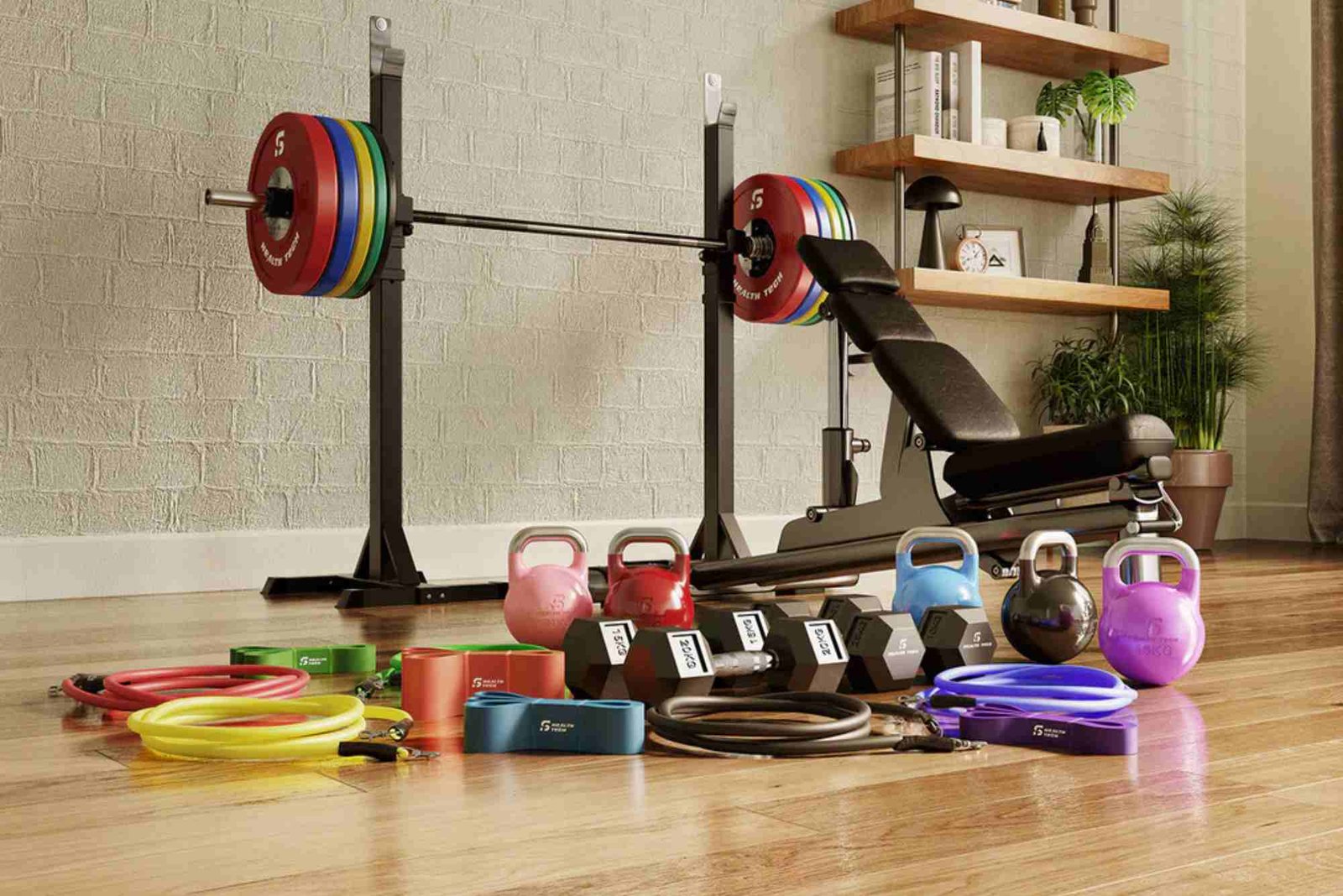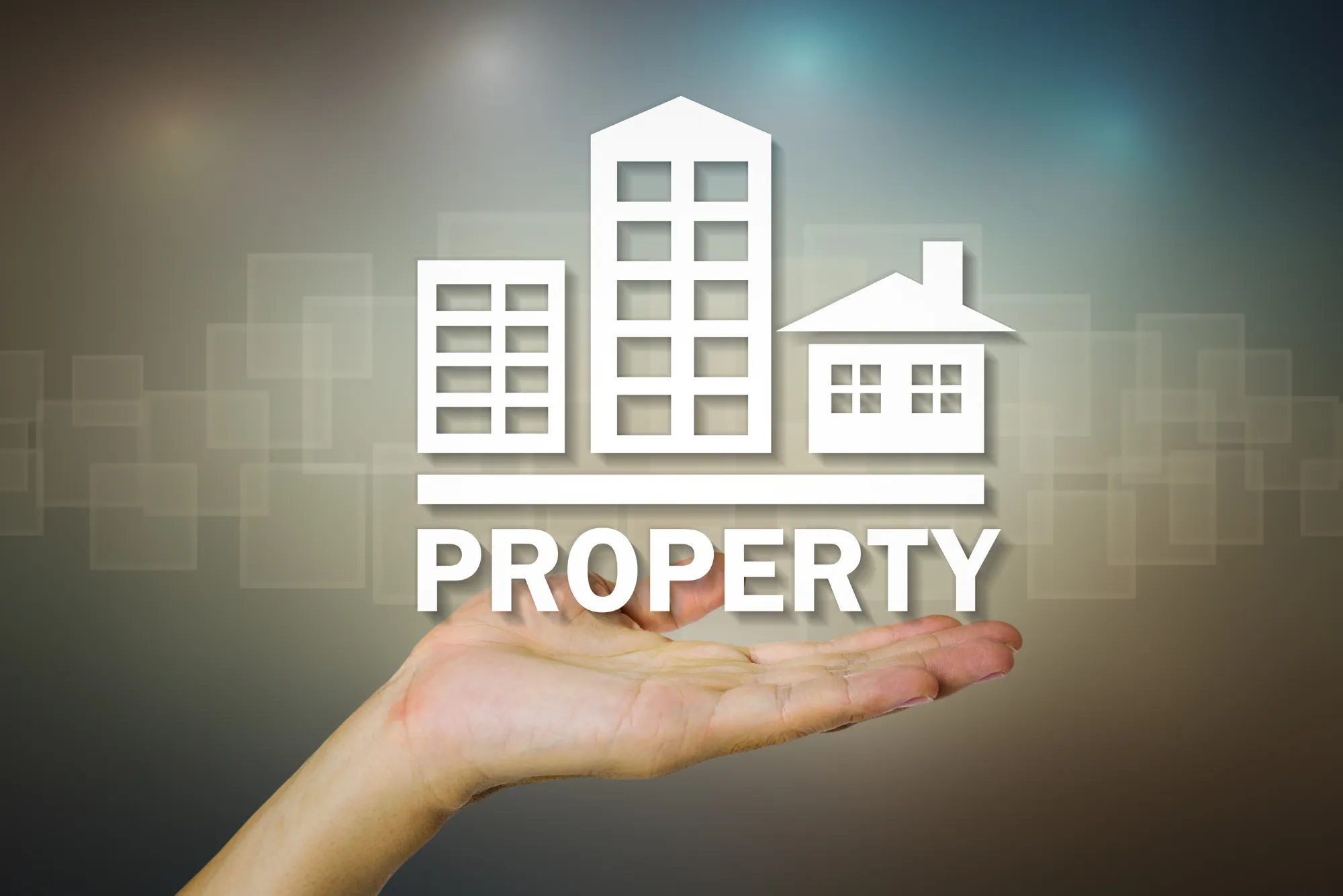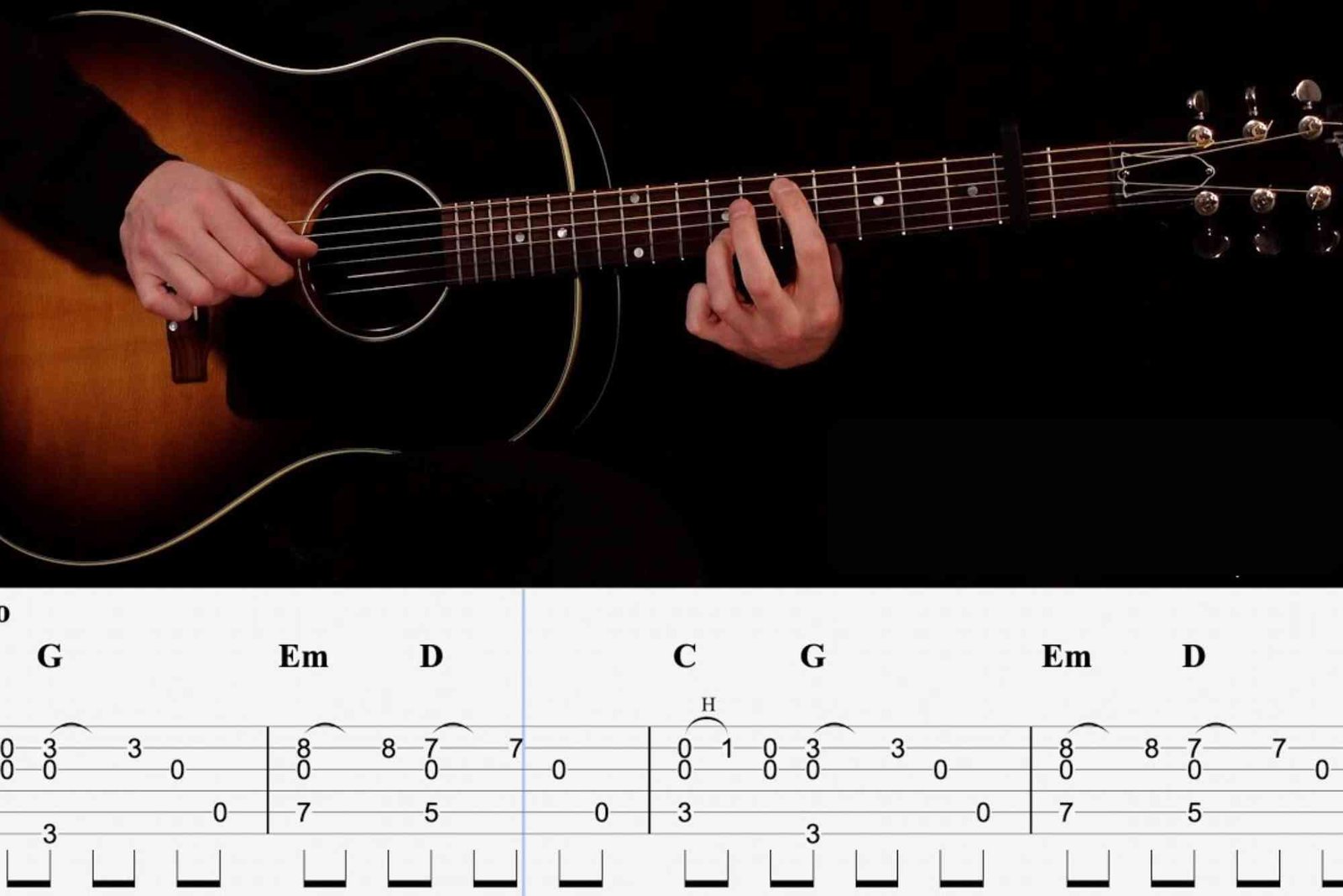Introduction
Creating a home gym is one of the smartest investments for anyone committed to fitness. With today’s busy lifestyles, having a personal workout space can save time, money, and stress. Whether you are a beginner setting up your first fitness corner or a seasoned athlete looking to upgrade, understanding the right Practical Tips: Home Gym Equipment can help you design a space that is both efficient and motivating.
Building a home gym doesn’t have to mean filling your room with expensive machines. It’s about creating an environment that supports your fitness goals while fitting your lifestyle and budget. From selecting versatile gear to optimizing your space, this guide will walk you through everything you need to know.
Understanding the Purpose of Your Home Gym
Before buying any equipment, it’s essential to define what you want from your home gym. Do you want to build strength, lose weight, improve endurance, or stay active between work sessions? Your goals will influence the type of Home Gym Equipment you choose.
For example, someone focusing on muscle growth may invest in adjustable dumbbells and resistance bands, while someone prioritizing cardio might prefer a treadmill or stationary bike. Having clarity from the start prevents you from wasting money on unnecessary gear.
Choosing the Right Space for Your Home Gym
The first practical step is deciding where your gym will be located. A spare bedroom, garage, or basement can easily become a dedicated fitness zone. The key is to choose a place that feels open, ventilated, and distraction-free.
Lighting and flooring also matter more than you might think. Use bright LED lighting to boost energy levels, and consider rubber mats to protect your floors and reduce noise. Even if you live in a small apartment, compact foldable equipment can help you maximize your available area efficiently.
Must-Have Equipment for Every Home Gym
Not every gym needs bulky machines. You can achieve full-body workouts with a few essentials that cover strength, cardio, and flexibility.
Dumbbells and Kettlebells
These are the backbone of most home gyms. Adjustable dumbbells save space and allow multiple weight options in one set. Kettlebells are excellent for functional training and can help improve both strength and stability.
Resistance Bands
Affordable, lightweight, and portable, resistance bands are perfect for strength training and stretching. They add intensity to bodyweight exercises and can even replace certain machines.
Yoga Mat and Stability Ball
A good yoga mat supports floor exercises, stretching, and mobility work. A stability ball can improve balance, posture, and core strength.
Cardio Equipment
If your goal includes endurance training, a treadmill, rowing machine, or stationary bike is worth considering. For budget-friendly alternatives, jump ropes or stair-step workouts can provide great cardio sessions.
Pull-Up Bar or Suspension Trainer
Doorway pull-up bars or wall-mounted systems help strengthen upper body muscles. Suspension trainers like TRX add versatility, letting you perform dozens of exercises in limited space.
For More details, you can explore comparisons of top fitness equipment on trusted tech and lifestyle platforms such as More details.
Budgeting for Your Home Gym Setup
Building a home gym doesn’t have to drain your wallet. Set a realistic budget by prioritizing the essentials. Start small and upgrade gradually as your fitness journey evolves.
You can find quality used equipment online or check local marketplaces for gently used items. Focus on durability and functionality over brand names. Remember, consistency matters more than owning the latest gear.
If you’re tight on space or funds, combine bodyweight exercises with minimal equipment like resistance bands, jump ropes, and a pair of adjustable dumbbells. This combination offers hundreds of workout variations without heavy spending.
Creating an Inspiring Workout Environment
A motivating atmosphere can make a big difference in your workout performance. Keep your gym clean, organized, and clutter-free. Add motivational quotes or a mirror wall to track your progress visually.
Music can also play a powerful role in enhancing focus and energy. A Bluetooth speaker or small TV can make workouts more engaging. If space allows, dedicate a small corner for stretching or meditation to balance strength with mental well-being.
Safety and Maintenance Tips
Safety should be your top priority when exercising at home. Always warm up before workouts and use proper form to prevent injuries. If you’re new to training, consider watching expert tutorials or consulting a fitness coach online.
Regularly inspect your Home Gym Equipment for wear and tear. Clean mats and machines to maintain hygiene and longevity. Lubricate moving parts like treadmill belts and tighten loose bolts on weight benches periodically.
Balancing Routine and Recovery
Working out at home gives you flexibility, but it also requires discipline. Set a consistent schedule that fits your lifestyle. Whether you prefer early-morning yoga or evening weight sessions, treat your workouts like important appointments.
Equally important is recovery. Allow your muscles to rest, and don’t overlook the importance of sleep, hydration, and balanced nutrition. Adding foam rolling or stretching routines helps prevent stiffness and promotes long-term progress.
Benefits of a Home Gym
Creating your own gym space comes with several benefits beyond convenience.
It saves travel time, offers privacy, and encourages consistency. You can exercise anytime, even on a busy day, without waiting for equipment or worrying about gym hours.
Financially, a one-time investment in equipment often proves cheaper than years of gym memberships. Moreover, it allows your whole family to stay active together, promoting a healthier lifestyle overall.
To explore related topics on fitness and design, check out this Related Sports & Fitness article.
How to Stay Motivated in a Home Gym
Motivation is the biggest challenge in home workouts. Without gym partners or instructors, it’s easy to skip sessions. To stay consistent, set measurable goals and track your progress weekly.
Visual reminders, fitness apps, or wearable trackers can help you monitor your achievements. Reward yourself for reaching milestones, and switch routines regularly to keep things fresh.
You can also invite a workout buddy or join virtual fitness groups. Social accountability adds encouragement and makes workouts more enjoyable.
Common Mistakes to Avoid
Even with the best Practical Tips: Home Gym Equipment, many people make small mistakes that limit results. Avoid overcrowding your gym with unnecessary items. Instead, focus on functional and versatile tools.
Skipping warm-ups or cool-downs is another frequent error. These help prevent injury and support muscle recovery. Lastly, ensure your form and technique are correct—poor posture during lifting can cause long-term harm.
Maintaining Consistency and Long-Term Progress
A well-equipped gym is useless without consistency. Commit to a workout plan that’s sustainable, not overwhelming. Progress may be gradual, but consistency ensures long-lasting results.
Track your progress monthly with photos or journals. If you hit a plateau, adjust your intensity or try new exercises. Remember, fitness is a lifelong journey, not a short-term project.
For ongoing inspiration and expert guides, explore more about Home Gym Equipment on Home Gym Equipment.
FAQs
What equipment do I need to start a basic home gym?
A basic setup includes dumbbells, resistance bands, a yoga mat, and a jump rope. As you advance, you can add machines like a treadmill or rowing machine.
How much space do I need for a home gym?
A 6×6-foot area is sufficient for most bodyweight and resistance workouts. Larger equipment may require extra space, so measure before buying.
Is home gym equipment expensive?
Not necessarily. You can start small with affordable items and expand later. Many compact options offer professional-quality workouts without high costs.
How do I maintain my home gym equipment?
Clean regularly, tighten loose parts, and lubricate moving sections. Proper maintenance extends the lifespan and keeps your workouts safe.
How can I stay motivated while working out at home?
Set realistic goals, track progress, and reward yourself. Music, visual motivation, and joining online communities can keep your energy high.
Building your own home gym isn’t just about equipment—it’s about creating a personal space where health and motivation thrive. With these Practical Tips: Home Gym Equipment, you can design a fitness zone that supports your goals, fits your lifestyle, and keeps you inspired.
Start small, stay consistent, and remember that progress is built through dedication and balance. Whether you’re doing yoga on your mat or lifting weights in your garage, every effort counts toward a stronger, healthier you.
Ready to take the next step? Explore more expert resources and gear recommendations through our curated Home Gym Equipment section today.








